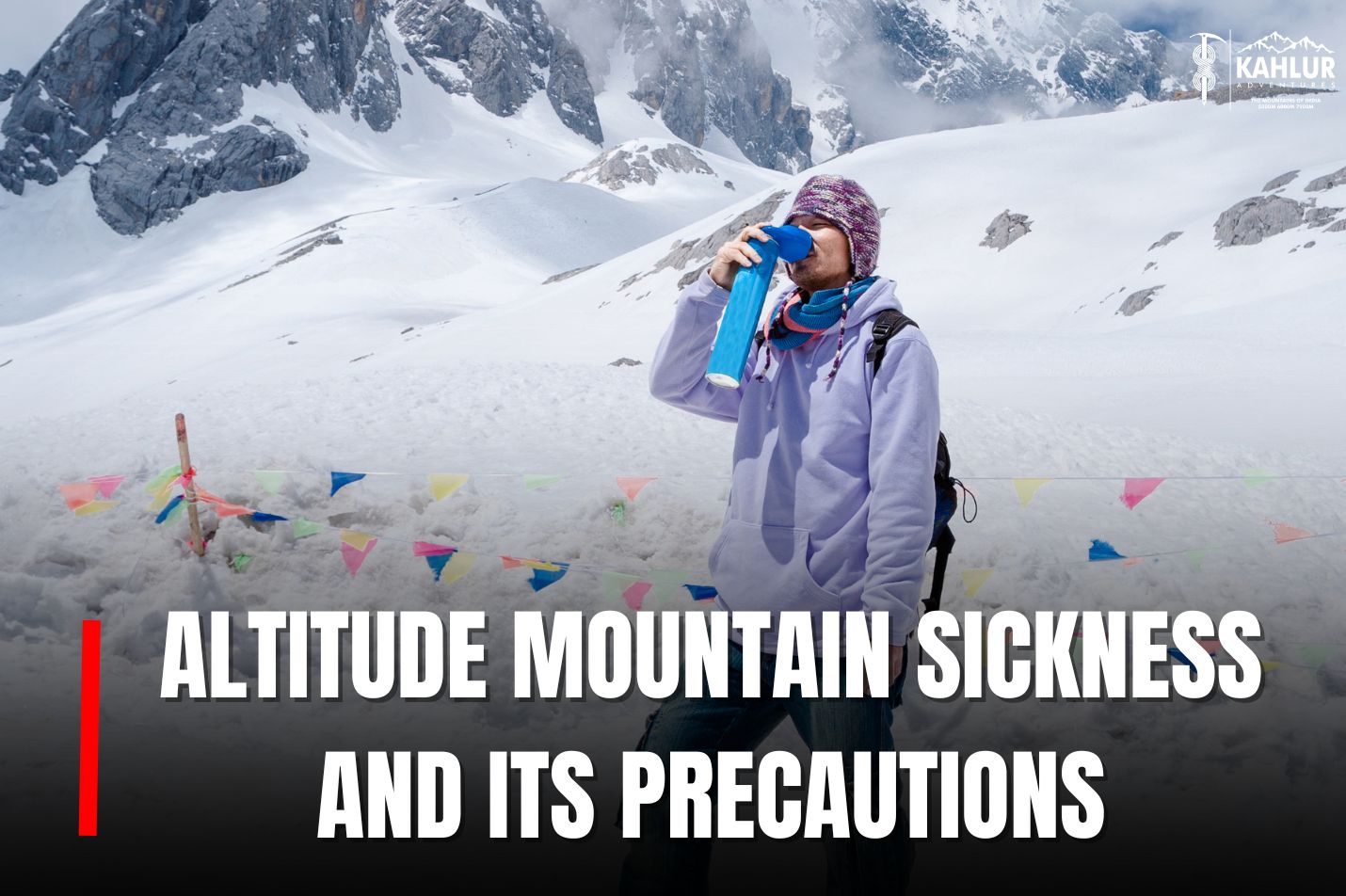
09 Feb Altitude Mountain Sickness and its Precautions
Overview:
It is in our nature as adventure travelers to defy the obstacles we encounter or wish to confront to fulfill our spirit of adventure. It is advisable to be aware of the warning signs and worst-case scenarios of our adventurous journeys, even though there are instances when your body defies all assumptions and scientific theories. Additionally, you should not assume you won’t have it on your subsequent.
high-altitude quest just because you didn’t have it on the previous time. “The adage prevention is better than cure” holds in the mountains. You must be mindful of severe mountain sickness when trekking or mountaineering in high-altitude areas. The indications and symptoms are present whether climbing the major Himalayan peaks, Andes, or any high-altitude mountains, however, we are unable to pinpoint exactly which sort of individual is affected. Every mountaineer’s body reacts individually to the elements of nature. It is normal to experience its effects and there is no way to avoid it, but to be safe, have fun, and finish your journey, it is crucial to abide by the rules and precautions.
Types of Altitude Sickness:
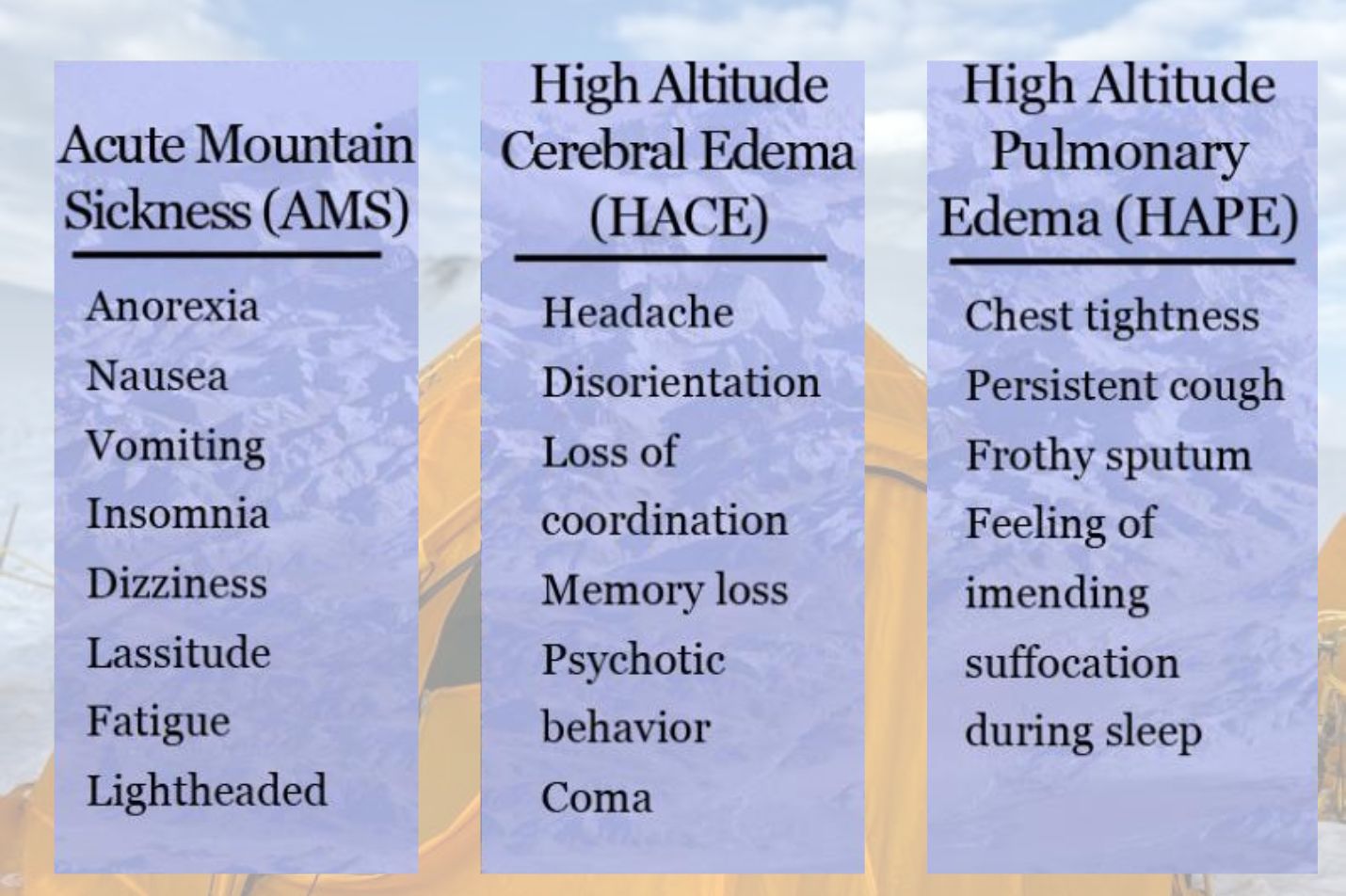
Acute Mountain Sickness: The most prevalent and mildest type of mountain sickness is acute mountain sickness (2500 M +). The symptoms may resemble a hangover, including headache, nausea, muscle pains, and disorientation.
High-Altitude Pulmonary Edema: A buildup of fluid in the lungs known as High Altitude Pulmonary Edema (HAPE, 3200 M+) can be extremely harmful and even fatal.
High-Altitude Cerebral Edema: The most severe type of altitude sickness, known as High Altitude Cerebral Edema (HACE 4300 M+), occurs when there is fluid in the brain. You should get medical help immediately because it could be fatal.
Symptoms to watch out for:
Normal signs
- Headache
- Dizziness
- Nausea or Vomiting
- Tiredness
- Shortness of breath
- Loss of appetite
Severe symptoms that require quick care (Emergency Call)
- Severe stomach pain and frequent vomiting.
- The color of the lips, eyes, and face changes from dark red to blue.
- Fainting and loss of awareness.
Even If you have any of these symptoms, Kahlur Adventures advises you not to panic. Observe the guidelines; instructions and keep in mind that your body can adjust to the new surroundings and overcome obstacles. Additionally, we suggest our passengers take their time with their itineraries, as longer itineraries are meant to let your body adjust to the high altitudes. It is typically positioned to rise to a height of 300–500 meters on rest days so that your body can adjust to the surroundings. so that your body adjusts and produces more red blood cells in your circulation, which helps your body and brain use oxygen more effectively. Having the proper insurance (including repatriation and helicopter rescue) is crucial.
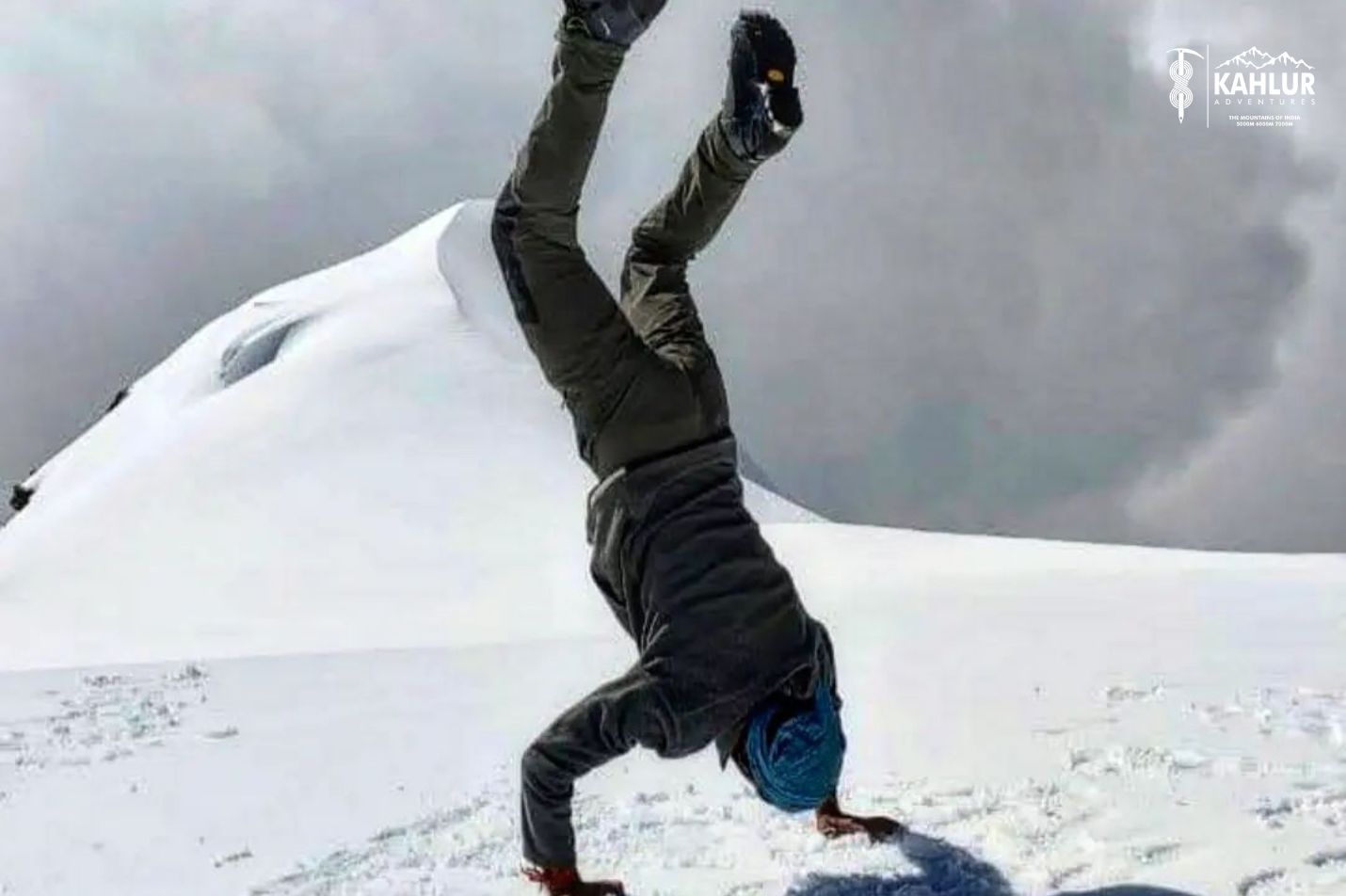
Prevention:
As stunning as mountains are, they also present difficulties and antagonism that we are not accustomed to in our everyday lives. We have outlined a few preventative measures to go over them.
- Don’t fly straight to places higher than 3000 meters.
- Stay away from heavy smoking and alcohol.
- Be sure to stay hydrated. (3–4 liters) daily.
- Avoid strenuous exercise and don’t overstress your body.
- At a moderately comfortable speed, walk. Keep your pace steady but avoid rushing the trek. Acclimatization day is crucial; take breaks and rest when you can.
- Chocolate or energy bars work well.
- Drink hot water or tea every night before bed. Our favorite tea is Indian Masala tea.
- There is a natural sense of relief when you let your body accept your feelings rather than resisting them, so if you get sick, let it do so and get some rest,
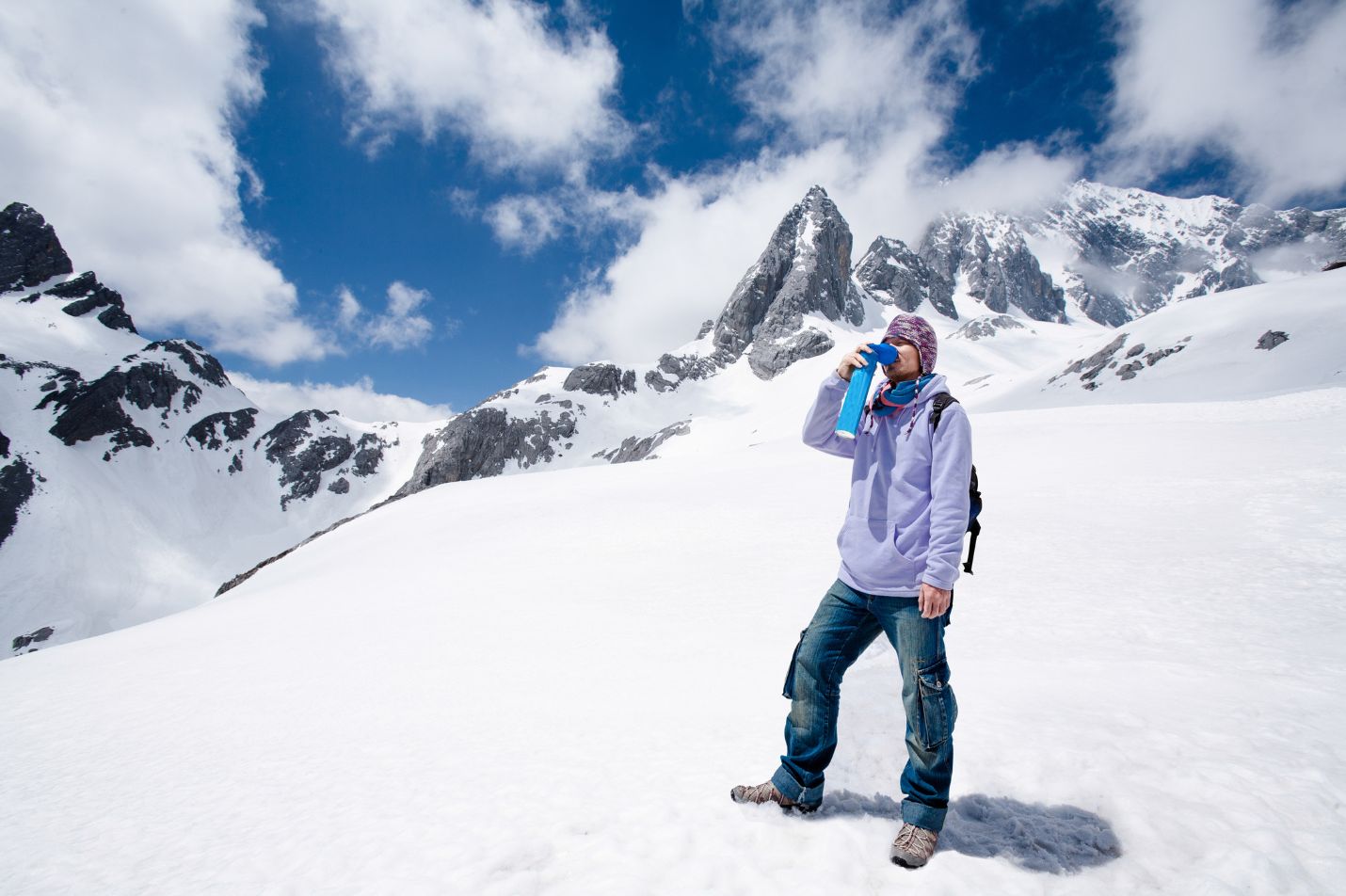
Treatments/Precautions
- Reduce altitude right away; 500–1000 meters is the range we advise.
- Use oxygen that has been bottled (usually for mountaineering or in an emergency).
- To climb high mountains like Everest, 14X8000ers climb the 6000 M or 7000 M Mountains first
Take your medication (first aid kits will be provided by all of our guides). - Regulate your breathing and pay attention to your heartbeat.
- Take the acclimatization day for a high climb.
- Give Proper rest to your body.
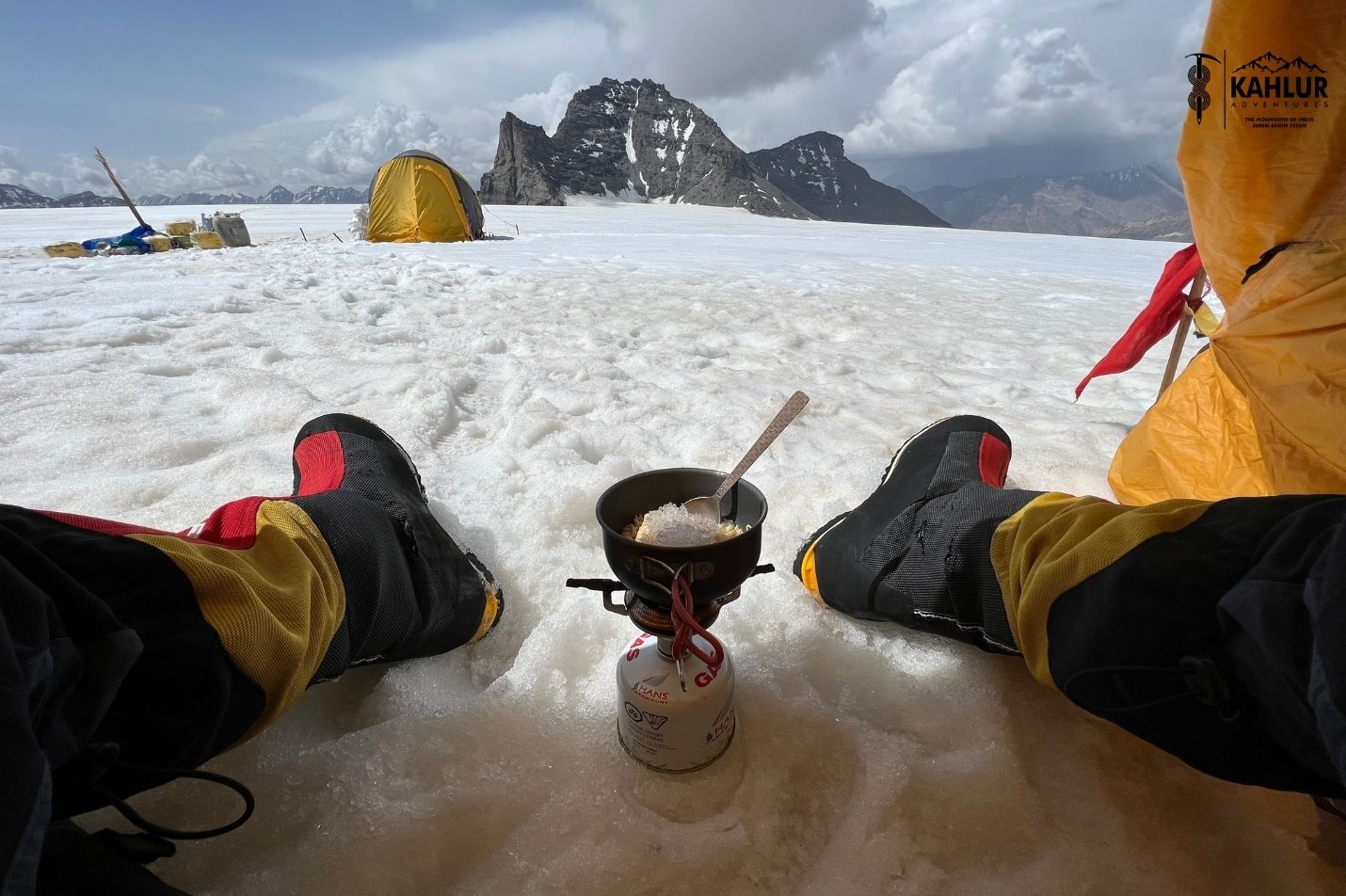
Last but not least, it would be prudent to treat altitude sickness locally. We can exchange a few local tips:
01) On a Himalayan trip, garlic soups are the greatest. The natural qualities of garlic help thin your blood, which promotes improved circulation.
02) Avoid napping throughout the day, try to manage the pain, and drink some warm water or jasmine tea.
03) Potato wedges with spicy chutney (a regional ingredient) relieve headaches if you can handle a little heat.
04) Although it rhymes, Dal Bhat Power 24 Hours undoubtedly has advantages. You get the energy and strength you need to climb Indian slopes thanks to the carbohydrates.
05) Finally, when you stop for the night, check your body oxygen levels. One set of fingertip oxygen level checkers will be carried by each of our local guides to ensure
that your body is getting the proper amount of oxygen. They will offer you recovery advice and provide the additional care you require based on that and their experience.
06) Keep your oxygen level chart updated as it will be helpful in the long run. The chart will keep you in check with any variations in the oxygen levels.
07) keep discussing your health with your Guides or the climbing team.
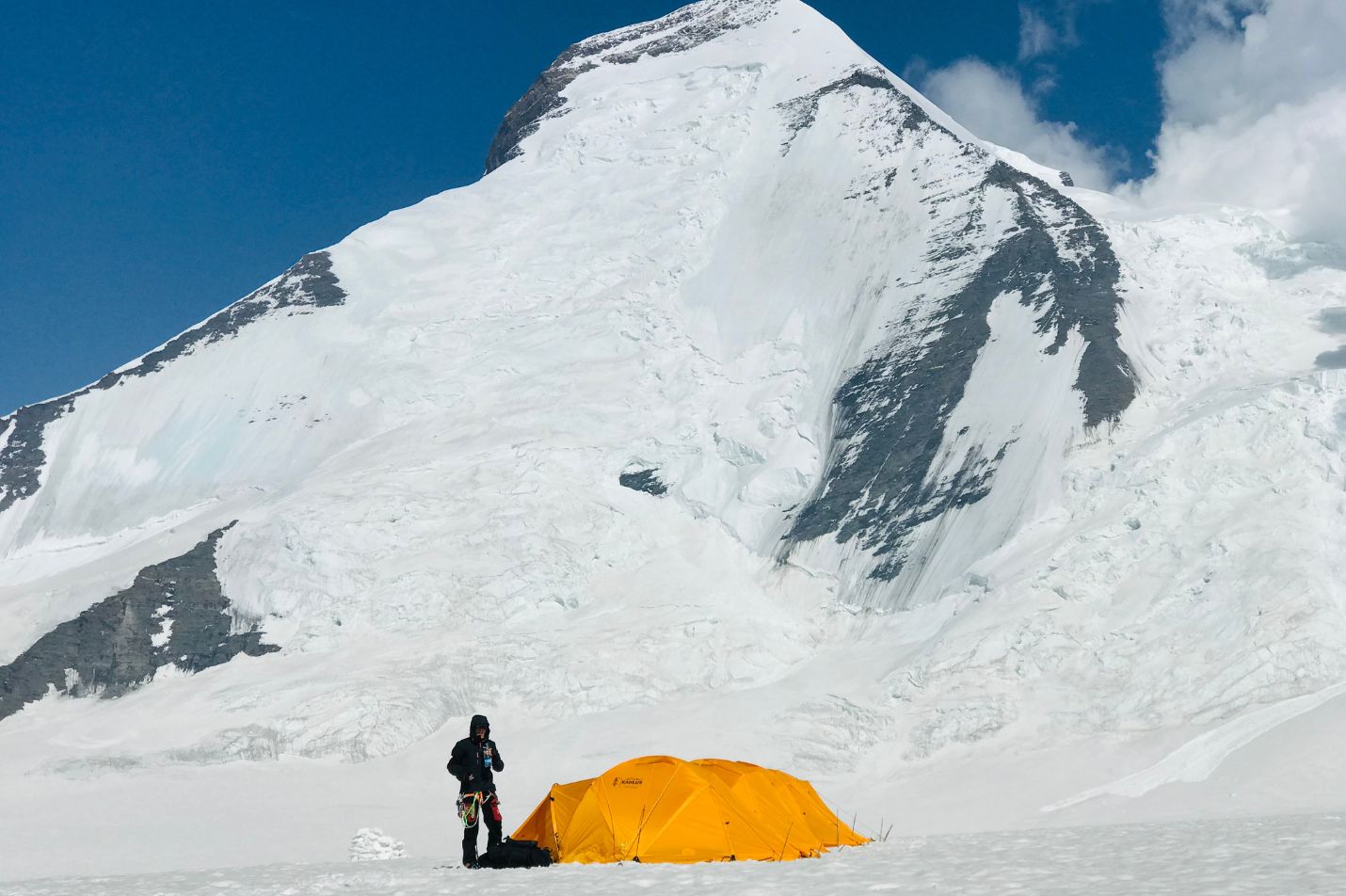
India’s diverse terrain offers mountaineering opportunities on peaks above 5000 M, 6000 M, and 7000 M, ideal for both technical and non-technical expeditions. Before high-altitude attempts, assess your body’s response through smaller hikes. The Indian Himalayas feature many semi-technical 6000 M mountains suitable for climbing. Consider joining Kahlur Adventures for a guided mountaineering experience. Remember that stamina, weather, and acclimatization are crucial for scaling high peaks in the Himalayas



No Comments